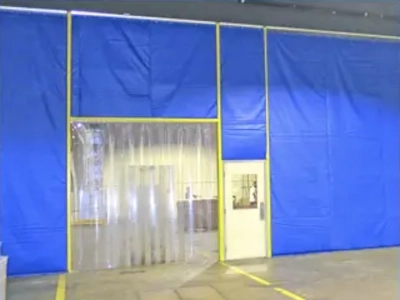This would depend on what product you are looking at. For our thinner curtain options, we tend to fall in the middle of the price continuum we are on with our competitors. For the thicker curtains, no other manufacturer makes the insulated curtains as thick, or as high, or retractable, so there is not a good comparison out there.
While price is very important, the other question to ask is how our quality compares to that of our competitors. In that category, we are second to none. We are known for our attention to detail, our high quality workmanship, our ability to meet customers specific project and lead time requirements, and our outstanding, personalized customer service.
















